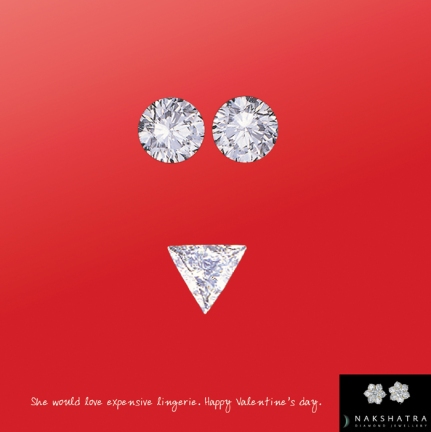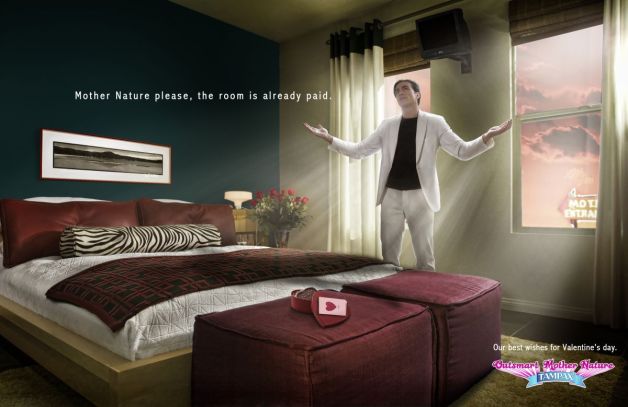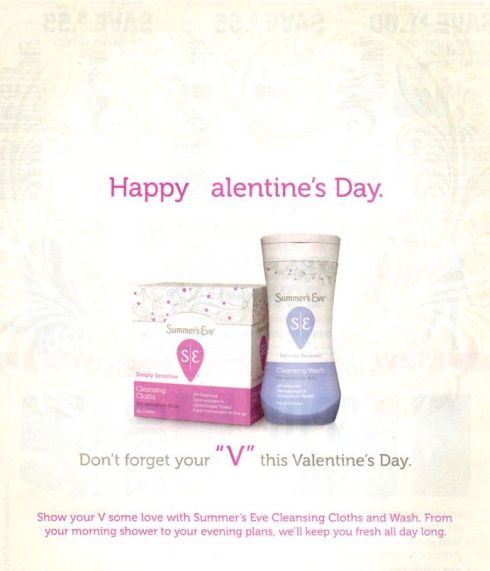I’d originally planned on writing this post when images like this:

started circulating around facebook and other social media outlets, but then the Susan Komen Foundation/Planned Parenthood event happened and I had to retool my thoughts and approach the topic a bit differently because omitting the politicization of breast cancer in a post about the sexualization of breast cancer felt incomplete in the current blog climate.
Before we get to sexy breast cancer I’d like to address the “real woman” images floating around and what they really mean and address how damaging they actually are to women as a whole. And they are damaging – Kiera Knightley is not inferior to me because of my breast size and Heidi Montag isn’t a disgrace because she paid for her body (though it says a lot about society that a gorgeous woman felt compelled to have ten invasive surgeries in one day because she didn’t feel she was beautiful enough). We need to get away from this idea that there is a “correct” woman, only one kind of “sexy” woman, and accept that the most beautiful thing any woman can be is healthy.
For some women that’s a size zero and for others it’s a size 14. And that’s okay.
Fellow WordPress blogger Whirlygigagogo made this image, and I think it makes this point well:

The fact of the matter is, when women point to one image and say, “this type of body is inferior to this type (which I more closely resemble),” in order to make themselves feel better it is at the cost of other women and that own woman’s value as an individual. These images are not about whether D cups are “better” than A cups, or whether narrow hipped lithe women are “sexier” than wide hipped voluptuous women, they’re about bringing down one group to elevate another and it’s unnecessary. More than unnecessary, it takes away what our focus should be on: health. Should we starve ourselves to be thin? No. Should we overeat fatty and unhealthy foods to get curvier? No. We should strive to be as healthy as we can be with the shape our bodies are already inclined to be. It’s really ugly to label an entire group of women as unattractive just because you’re not in that group.
This is where I believe the fat acceptance movement has in some places really overstepped it’s bounds. Nobody should be made to feel ashamed for their very existence, nobody deserves to wake up and hate his/herself because of their body, I absolutely and totally agree with that, but to suggest or even outright say that obese women are superior to thin women or that obese women should ignore the health implications of their condition and accept their bodies as they are is irresponsible. I’m not saying very overweight women are not/cannot be beautiful, I’m saying that on this path to self-acceptance we have sacrificed health. TLC’s show Big Sexy was lauded for finally bringing sexy large women to television and I think it’s great that fashionable women who aren’t very, very thin can be shown as sexy on TV but I question whether it’s really a good idea to say things like, “Big Sexy follows a group of big sexy ladies who are living large with one mission: to show the world that bigger is better, ” (from the show’s lineup description) when several of the women on the show are clearly above a healthy weight. Again, I’m not saying these women are unattractive, I’m saying they’re seriously unhealthy and saying that they’re superior to thinner women because of their size is pretty reprehensible. Fat women are not better. Thin women are not better. Healthy women, healthy women who are proud of their bodies and take good care of themselves are what we should strive to be.
But, no matter how healthy you live your life, cancer can happen. And, if the overwhelming wave of pink goods is to be believed, it’s probably going to be breast cancer.
Well, no, it’s not. While being diagnosed with breast cancer is most common, lung cancer is the most common fatal cancer in women and colorectal cancer is the third most common cancer death across all ethnic groups. For that matter, all cancer deaths total don’t topple the number one killer (of both men and women), heart disease. So what’s with all the pink if what we really need to be wearing is red?
Heart disease and lung cancer isn’t sexy. There, I said it.
Let me explain: when was the last time you saw a “save the lungs!” bumper sticker? An “I ❤ clean arteries!” awareness bracelet? How about a bar fundraising event called “save the colons and rectums,” featuring $2 shots with all proceeds going towards a charity specifically focusing on colorectal cancer treatment and awareness? You haven’t seen or heard of any of these things because they don’t exist, but I’m willing to bet you see “save the boobies” or “I ❤ titties” pink stuff on a nearly daily basis.
Ultimately, what all this marketing and awareness boils down to is the breasts. Not the woman they’re attached to, the breasts. It’s not about ending breast cancer to save women, it’s about ending breast cancer to save breasts. You want to see a powerful breast cancer awareness image? Show a husband lovingly embracing his bald, scarred, breastless wife post double mastectomy. Tell her she’s a proud and brave warrior and after she heals up she can get implants or just wear bra falsies, because having breasts and saving breasts is more important than the rest of her. The wall of pink we’ve put up to pat ourselves on the back and say, “hooray titties!” has blinded us to the horror of what cancer is, the pain and trauma that women and their families endure. Buying pink stuff and shoveling money towards groups that ultimately do nothing does not help these people. Wearing a “save the boobies,” bracelet is insulting and childish in the face of real pain. Save the woman. Her life is more than her breasts.
National Breast Cancer Awareness Month was started by the American Cancer Society and Astra Zenica (you know, the pharmaceutical company) to promote mammograms. Great, no problem, regular mammograms can help with early detection and treatment of cancer, but where did all the pink come from and where the hell is all this money going? Pink handguns (firearms are the second leading cause of violent death in women), pink alcohol (that causes cancer), pink makeup (that causes cancer), everywhere pink pink pink, most with some or all of the proceeds going to to Komen. And what does Komen then do with that money?
For a brief stint in January-February 2012, they stopped their funding of Planned Parenthood, who uses about 16% of their budget to provide breast, cervical, and other cancer screenings to women at little or no cost. Why? Originally the statement was that Komen would not provide funding to any group facing investigation but the reality that everyone knew was that Karen Handel, a Vice President level executive in the company, was taking her anti-abortion message louder and prouder than her breast cancer awareness message. While Handel denies this (regardless of evidence to the contrary), the plain fact of the matter is this rule regarding funding groups being investigated was created solely to give an excuse for defunding planned parenthood. Why? If the focus, the one sole focus, of your group is to end breast cancer, why would defunding a group that provides free screenings as a major part of its service program even be an option?
Because the Komen foundation hasn’t been focused on doing the most good for the most women for some time. This breakdown of their expense report (available here) provides some interesting insight:
12 percent for administration
8 percent for fundraising
7 percent for treatment
15 percent for screening
24 percent research
34 percent for education
Combined research, treatment, and screening make up less than half (46%) of the budget. The three things that actually end breast cancer, the three things that most actively impact the women who have cancer, comprise less than half the budget. As Lowder points out, why is 34% of the money going towards education/”awareness” when you’d be hard pressed to find a woman anywhere in the US who wasn’t aware of breast cancer and her potential risks? Komen is a business, it’s a company, and with “education” comes brand recognition. More money, more power. More power, more weight to say things like, “we won’t fund an organization that performs abortions is under investigation,” and expect to get away with it.
Except they didn’t. Women (and men) took a stand against Komen and with Planned Parenthood, vowing to cease donations, promising to stop buying all the pink crap. And it worked, Komen recanted, Planned Parenthood proudly announced their continued partnership with the foundation, and Karen Handel resigned (having played her cards a bit too boldly or a bit too soon perhaps). The reality is Komen hasn’t changed though, and just like the “I ❤ boobies,” “save the tatas,” bracelets and bumper stickers, they’re just using sexualized breast cancer and a pink ribbon to sell a product instead of focusing on the lives of the women they claim to want to save.
I relate these two topics because they have the same root issue: somewhere along the line health became second to something else. The change in attitude has to come from within, we have to stop putting down other women, we have to stop buying meaningless pink stuff we don’t need and focus on getting back to being healthy.







